Product Details
Coagulation
When the particle size of suspended particles in water is small enough to a certain extent, the energy of Brownian motion is enough to prevent the effects of gravity and prevent the particles from settling. This suspension can remain stable for a long time. Moreover, the surface of suspended particles is often charged, often negatively, and the repulsive force between particles of the same charge makes it difficult for the particles to merge and become larger, thus increasing the stability of the suspension.
The coagulation process is to add positively charged coagulants to neutralize the negative charges on the surface of the particles and destabilize the particles. As a result, the particles combine with each other and become larger through collision, surface adsorption, van der Waals attraction and other effects, which facilitates separation from water.
Coagulant is a water-soluble polymer with low molecular weight and high positive charge density, most of which are liquid. They are divided into two categories: inorganic and organic. Inorganic coagulants are mainly aluminum iron salts and their polymers.
Flocculation
Flocculation is a process in which polymer chains bridge between suspended particles. Bridging means that different segments of polymer molecules are adsorbed on different particles, promoting the aggregation of particles.
Flocculants are organic polymers, most of which have relatively high molecular weights and specific electrical ionicity and charge density ionicity.
The actual process is much more complicated than the above theory. Since coagulants/flocculants are all polymer substances, and there are molecules of both large and small sizes in the same product, the so-called molecular weight is just an average concept. Therefore, when a certain coagulant or flocculant is used to treat sewage, the electrical neutralization and bridging effects will be intertwined and occur simultaneously. The flocculation process is the result of a combination of multiple factors, and there are still some problems that have not been recognized and solved. As far as we know, the flocculation process is related to the molecular structure of the flocculant, the charge density, the molecular weight, the surface properties of the suspended particles, the particle concentration, the specific surface area, the value of the medium water, the conductivity, the presence of other substances in the water, the water temperature, the agitation, and other factors. Therefore, although there are theories and experiences to follow, experiments are still indispensable for selecting flocculants.
Coagulation treatment includes two stages: coagulation and flocculation. In the coagulation stage, the colloidal double electric layer in the water is compressed and loses its stability to form smaller particles. In the flocculation stage, these particles coalesce with each other or help form large particle flocs due to the adsorption and bridging effect of polymer substances. These flocs form under certain conditions. It can be separated and removed from water under precipitation conditions.
Disclaimer
The information/pictures/parameters, etc. displayed on this webpage about【Common water treatment chemicals】are provided by member【Zhengzhou Biquan Water Treatment Equipment Co., Ltd.
】,By Titker Trade Network members 【Zhengzhou Biquan Water Treatment Equipment Co., Ltd.
】is solely responsible for the authenticity, accuracy and legality of the information/pictures/parameters, etc.,Titker Trade Network only provides display services. For your safety, please choose Titker Trade Network for online trading, otherwise Titker Trade Network will not bear any responsibility for this.
If your legitimate rights and interests have been infringed, please contact Titker Trade Network customer service as soon as possible. We will serve you wholeheartedly. Thank you for your attention and support to Titker Trade Network!






 Small integrated lab¥1000.00/
Small integrated lab¥1000.00/
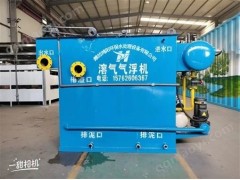 Dissolved air flotat¥1100.00/
Dissolved air flotat¥1100.00/
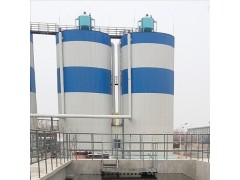 Industrial wastewate¥1000000.00/
Industrial wastewate¥1000000.00/
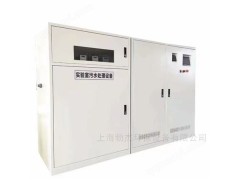 Wholesale of domesti¥10000.00/
Wholesale of domesti¥10000.00/
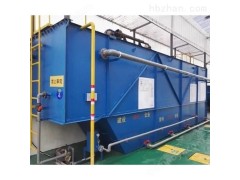 Which is the best di¥10000.00/
Which is the best di¥10000.00/
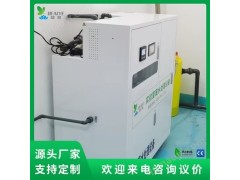 Small integrated lab¥10000.00/
Small integrated lab¥10000.00/
 Gongcheng County Cle¥1.00/
Gongcheng County Cle¥1.00/
 Diet during lung canNegotiable
Diet during lung canNegotiable
 13977352226 Guilin c¥1.00/
13977352226 Guilin c¥1.00/



 Year1
Year1




 WhatsApp
WhatsApp





